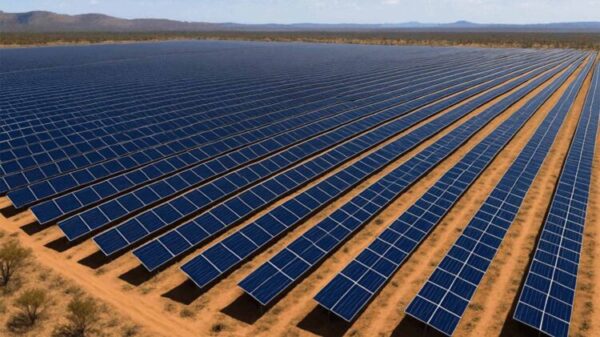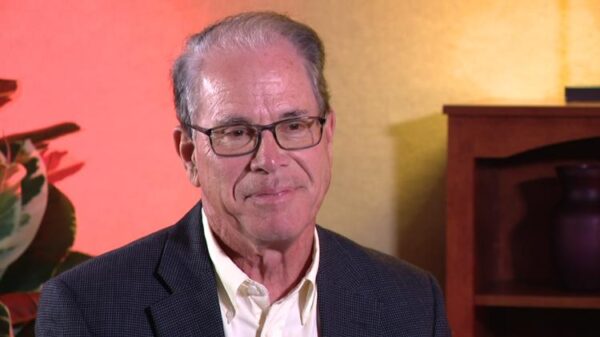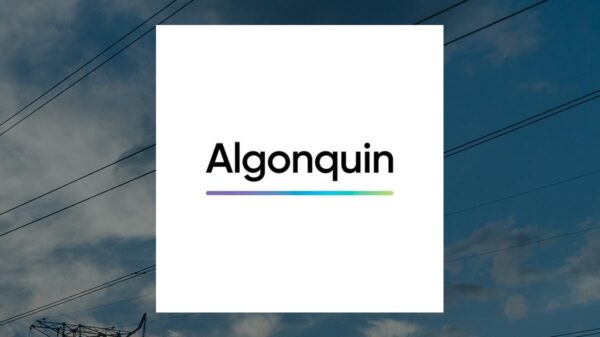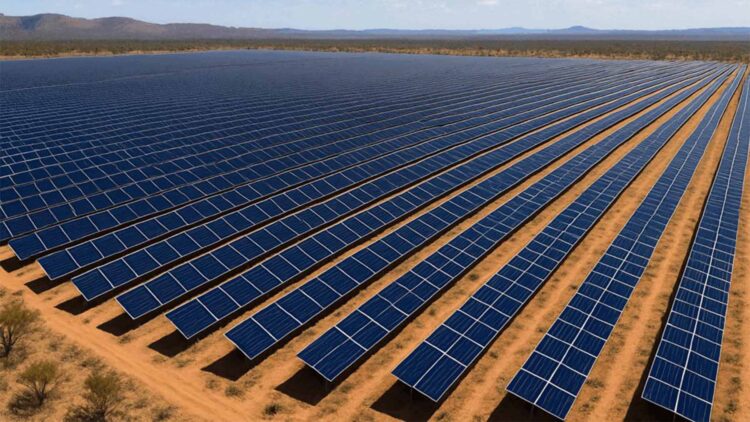Australia is set to provide its residents with three hours of free electricity each day, capitalizing on its surplus solar energy. This initiative arises from the country’s significant advancements in solar technology, which have led to an unexpected challenge: a surplus of energy that could potentially overwhelm the electrical grid.
Understanding Australia’s Solar Energy Surge
Australia’s geographical advantages, including vast open spaces and a sunny climate, have made it a leader in solar energy production. The nation has witnessed a remarkable increase in solar panel installations on rooftops and in fields. However, this growth has introduced a new issue. During certain times of the day, especially at midday, the amount of solar energy generated exceeds the demand, causing a phenomenon known as “solar power overload.”
The Australian Energy Regulator (AER) began closely monitoring areas with excess energy production in 2021. By early 2024, households contributing excessive electricity to the grid faced potential charges. As a response, energy retailers reduced prices in September 2024 to encourage consumers to modify their energy consumption patterns. In July 2025, the government introduced a “sun tax,” imposing fees on homeowners who overloaded the grid during peak solar hours, specifically from 10 a.m. to 3 p.m.
A New Approach: Solar Savings Hours
Rather than solely penalizing excessive solar production, the government’s new plan promotes responsible energy use. Dubbed “solar savings hours,” this initiative allows residents to benefit from free electricity without the need for registration or applications. Homes connected to the national grid will automatically be included in this program.
During these designated hours, households are encouraged to schedule energy-intensive tasks, such as running washing machines and dishwashers. This not only helps families save on energy costs but also supports a shift towards cleaner energy sources, potentially reducing reliance on coal and gas. The plan aims to lower emissions and pollution while encouraging the use of renewable energy.
To ensure the system operates smoothly, meters will monitor energy consumption during the free hours. Additionally, tech companies are developing smart home applications to assist residents in managing their energy usage effectively.
Australia’s vision extends beyond just providing free electricity. The government is actively exploring the potential of green hydrogen as a means to convert excess solar energy into clean fuel. Moreover, advancements in battery storage systems are being pursued to retain surplus solar energy for future use.
As Australia navigates this energy transition, the initiative not only aims to benefit its citizens financially but also sets a precedent for how renewable energy resources can be harnessed to meet national needs. The country’s innovative approach could serve as a model for other nations grappling with similar energy challenges.



































































